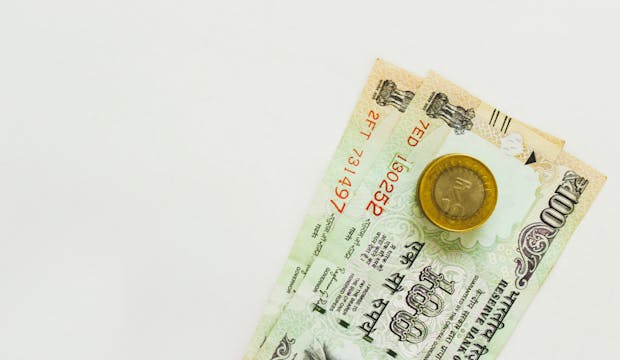how to get higher return on fixed deposits

fixed deposit (FD) is one of the most preferred investment tools for risk-averse investors. most investors choose fixed deposits as their investment tool as it’s exposed to market volatility as well as the returns are predetermined and guaranteed. this is not all, there are some hacks and tips that can help you get higher returns from your fixed deposit investment.
here are some of the smart tips for you to get maximum return from your fixed deposits or FDs:
#1. check out the rating of the fixed deposit scheme
the fixed deposit plans which have AAA ratings from agencies like Crisil offer higher interest rates and are secure. you can go to the official website of rating agencies to filter out top-rated FD schemes. also, you should compare the return rate offered by various banks and financial institutions. it has been seen that corporate fixed deposit schemes offer better interest rates compared to some bank fixed deposits. in some cases, the fixed deposit rates offered by corporations are higher by up to 3 percent compared to banks. therefore, to maximize fixed deposit returns, you should explore high-rated corporate fixed deposit schemes rather than bank fixed deposits.
#2. choose a cumulative fixed deposit plan
once you have finalized the financial institution for your fixed deposit, the next step is to select the type of fixed deposit that would give you maximum returns. there are two types of fixed deposit plans - cumulative fixed deposit and non-cumulative fixed deposit. you can choose between the two based on your need, want, and goal. if you want to have a regular income, opt for a non-cumulative fixed deposit scheme. in a non-cumulative fixed deposit scheme, interest is paid out on monthly, quarterly, half-yearly, or annually as per the investor’s choice. If your goal is to get a higher return on a fixed deposit, choose a cumulative fixed deposit plan, where the interest is added to the principal amount every quarterly or yearly, and the overall interest is paid at the time of maturity along with the principal amount. due to the power of compounding interest, the final maturity value of cumulative fixed deposits is higher compared to non-cumulative fixed deposit plans.
#3. use a ladder investment strategy
once you have decided to invest in a fixed deposit with the cumulative option you know that you will receive interest along with the principal amount only at maturity. but what if there is an urgent financial requirement in the interim period? the solution to this is to go for a ladder investment strategy, which means, you need to split your investment amount into multiple fixed deposits with different maturity tenures. for example, you want to invest ₹5 lakh in a fixed deposit, so instead of investing the whole amount in a single FD account, split it into five parts. you can divide the principal amount and invest it in 5 fixed deposits of ₹1 lakh each with maturities of 1 year, 2 years, 3 years, 4 years, and 5 years. this way you will have one fixed deposit maturing every year and you will have the maturity value available for further use. if you don’t need the money, you can always re-invest it in a new FD. this type of FD investment plan has two benefits - first, you will have available liquidity at regular intervals. second, it will also help you average out the effect of changes in interest rates over time.
#4. do not break your FD before maturity
suppose you have financial requirements in between your ladder investment period, what would you do? in this case, you have two options, either make a premature withdrawal or take a loan against the FD. if you make a premature FD withdrawal, the bank will reduce the FD interest rate as well as there will be a penalty. this would significantly reduce your returns. In the second option, taking a loan against a fixed deposit, you have to pay interest only for the amount utilized and only for the number of days utilized. when compared, the option of an overdraft facility usually works better than premature withdrawal.
#5. submit Form 15G and 15H
if the interest earned on the fixed deposit is above a specified threshold, then the income tax department will deduct TDS as per the Income Tax Act. however, there is a way you can save here as well. you can avoid deduction of TDS on your corporate fixed deposit by submitting your Form 15G or Form 15H (for senior citizens).
#6. start FDs for parents (for senior citizens)
in case your parents are senior citizens and are under a non-taxable income group, then you can open a fixed deposit in their name to save income tax as well as get a higher interest rate. most of the banks in the country offer 0.50 to 1 percent more interest rates to senior citizens as compared to normal citizens.
now that you know how you can get a higher return on your investment, it’s time to compare and calculate how much you need to invest to reach your financial goals. use the FD calculator by CRED to customize your fixed deposit investment plan.
use CRED FD calculator now



